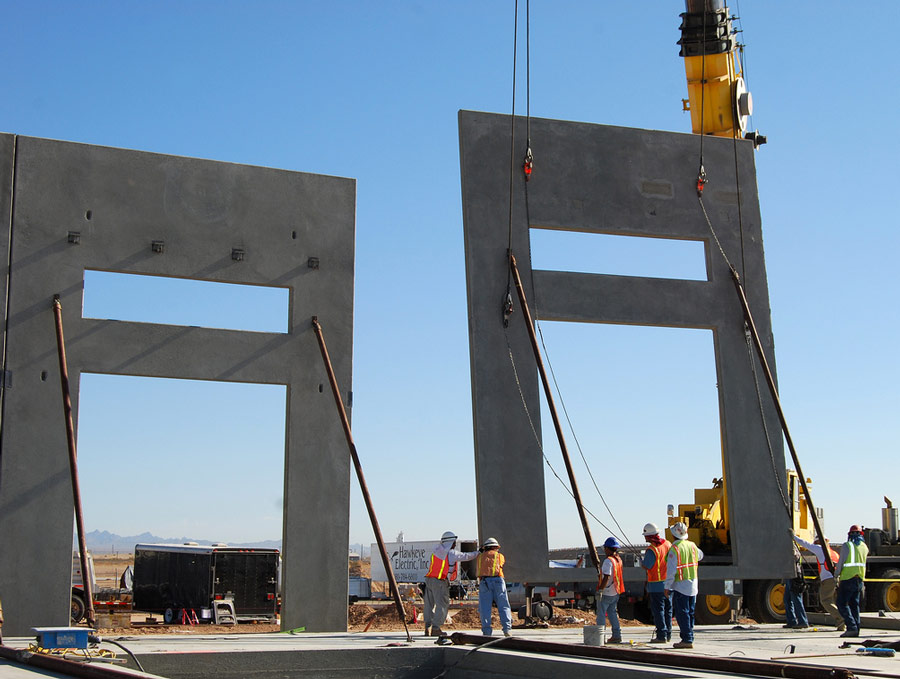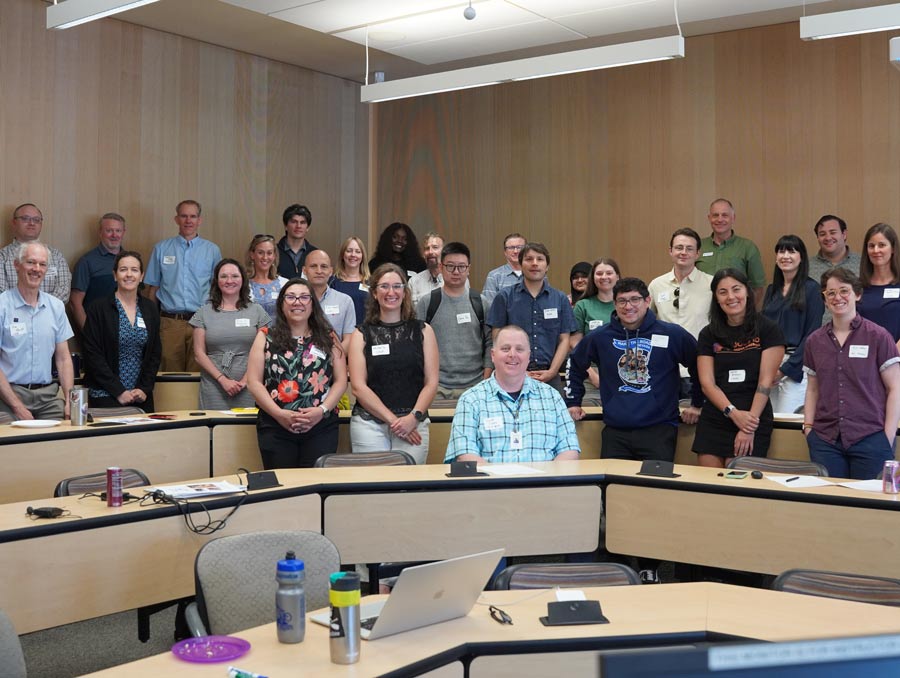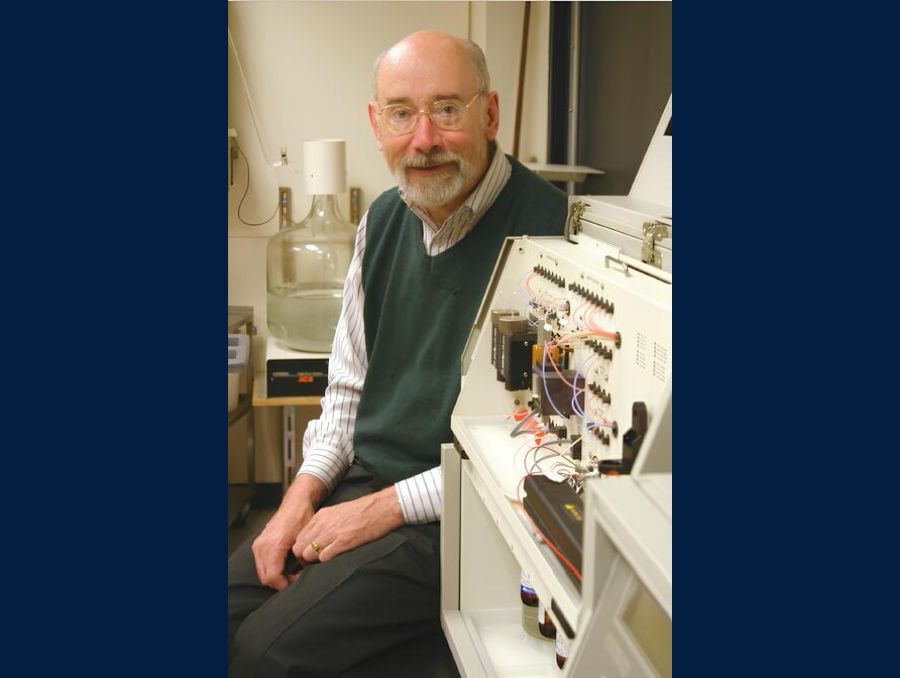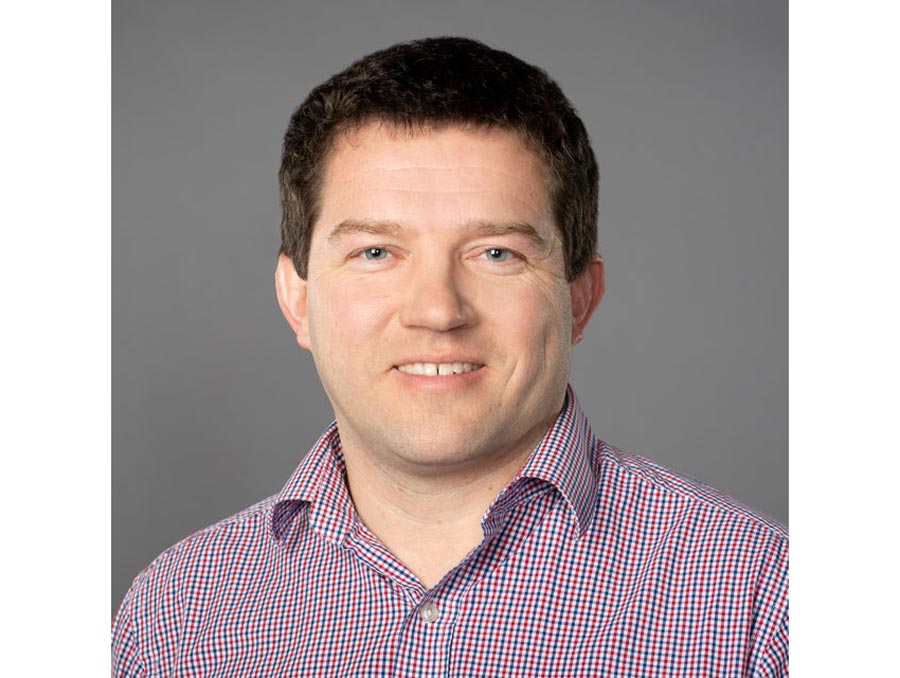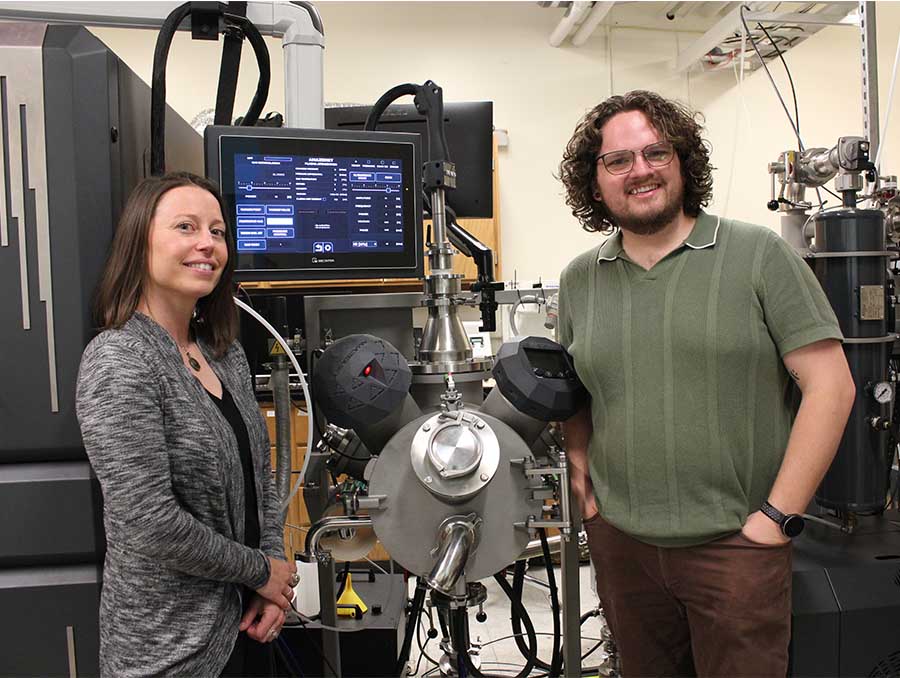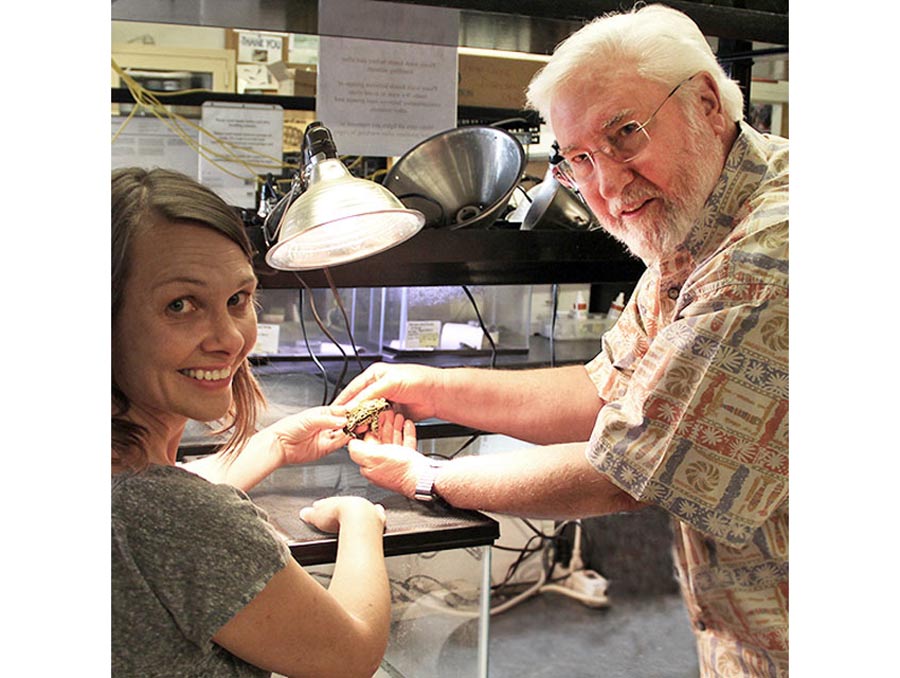An assistant professor in the Department of Mining and Metallurgical Engineering has been very busy collecting and analyzing data over the past two years. Ehsan Vahidi, the John N. Butler Endowed Professor in Extractive Metallurgy, wants to find ways to build a greener country.
Reducing greenhouse gas emissions is largely about figuring out where mitigation will have the biggest impact. That requires a staggering amount of data, as Vahidi needed to understand the quantity of emissions different types of buildings have in different industries in different states with different building codes in different climates utilizing projected and ambitious mitigation strategies for buildings that have been built and have yet to be built. All those variables add up.
“I worked almost twelve hours per day for two years,” Vahidi said. But the findings suggest that by implementing tailored mitigation strategies, projected emissions could be reduced by up to 9.4 gigatons of carbon dioxide through 2050.
The International Code Council (ICC) develops building codes, and states in the U.S. adhere to either the codes from 2009 or the codes from 2015. Nevada has adopted the more recent 2015 codes for both commercial and residential building types. The 2015 codes prescribe more energy-efficient materials, and if those codes are adopted nation-wide for both building types, that would bring reductions closer to ambitious projections identified in Vahidi’s work.
The before and after of emissions impacts
Buildings have two types of impacts: embodied and operation. Embodied impacts are composed of the greenhouse gas emissions contributed during construction (including the development of materials such as concrete). Operational impacts, which are composed of the emissions produced by living in or operating the building for 50 years, largely consist of energy costs.
Embodied emission mitigation efforts have great potential, and one of the largest contributors to embodied emissions is the production of concrete. Vahidi details the potential for reduction in concrete production emissions and approaching net-zero goals, utilizing new technologies such as carbon capture and sequestration (CCS) and carbon capture and utilization (CCU). CCS consists of concrete that collects carbon from the atmosphere and stores it, while CCU technology collects carbon from the atmosphere and uses that carbon to strengthen the concrete. Several cement plants in the U.S. and Canada have implemented CCU technology in combination with synthetic aggregates and have found that this could be a solution to reach net-zero concrete mixtures by 2050.
Supplementary concrete materials (SCMs) contain waste from other industries such as steelmaking slag and fly ash generated in power plant boilers, simultaneously reducing landfill waste and the need to mine for materials. Vahidi’s recent work concluded that changes to concrete production and concrete building and pavement systems could reduce 50% of embodied emissions by 2050.
“Each region, each state, and even each county has its own method for going down the decarbonization path,” Vahidi said. “The first stage was modeling individual buildings in different areas. Building types were clustered by energy consumption and design.”
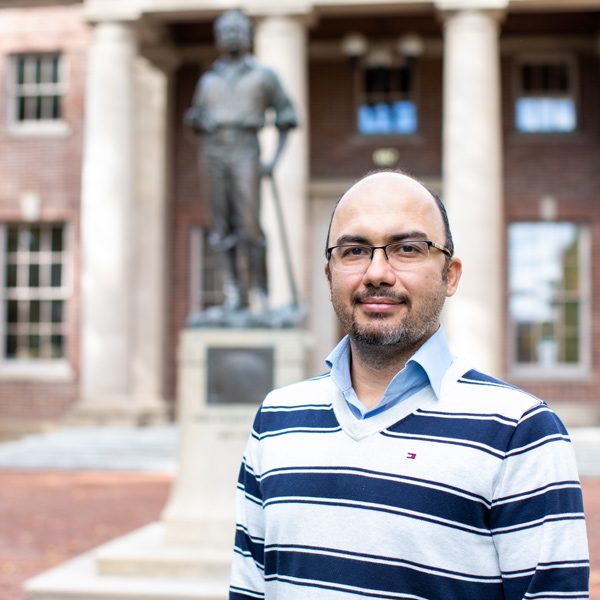
To better model current and future building emissions, Vahidi and his colleagues determined four main building types they would analyze: single-family residential, multi-family residential, medium-size office, and outpatient healthcare buildings. Each region has different rates of growth for different types of buildings. The West has more single-family homes being built, and the East and South have more industrial buildings being planned. Taking those regional differences into account is important for projections of embodied impacts.
Vahidi’s research considered 14 different sub-climate zones in the U.S. defined by the ICC. Each zone requires different building materials and thermal insulation, with climates ranging from the heat and humidity of Miami, Florida to the wintery cold of Duluth, Minnesota. He then looked at what building materials are utilized for different building types in that zone. For example, a single-family house in Minnesota might be built with a wood frame with specific insulation requirements for materials in walls, roofs, and foundations, whereas a single-family house in Florida would likely be made of a concrete frame to withstand hurricane-force winds. Using this data, Vahidi and his colleagues were able to estimate the environmental cost of each type of building, down to the nails and paint.
A big target for emissions reductions identified in the paper was the electricity grid. In the Western United States, emissions reductions are projected to be lower than in other areas of the U.S. because emissions in the West are already relatively low, so there is less room for improvement. This is due to widespread renewable energy to power electricity grids. Nevada, for example, has access to geothermal energy. Greening the grid in the central U.S. would lead to significant reductions in greenhouse gas emissions. Projections from the U.S. Energy Information Administration show that as states in the central U.S. move away from coal-powered plants, they have the greatest potential for reducing carbon emissions.
Green mining efforts
Vahidi’s research has shown that by mitigating carbon emissions in the building industry, 26-30% of total reduction emissions planned for the U.S. in the Paris Agreement can be achieved by 2050.
“It’s promising for the building industry,” Vahidi said.
Vahidi also mentioned that centralizing emissions is important. As more vehicles on the road become hybrid or fully electric cars, that energy will come from the electricity grid, so decarbonizing the energy grid becomes important for non-building related sectors as well. Additionally, energy can be imported from one region to another so that cleaner energy can be moved from a grid powered by wind turbines to a grid powered by coal.
Another project Vahidi is pursuing directly involves the mining industry. He is collaborating with several mine operations to determine the environmental impacts of switching to electric mining trucks, taking into account the number of trucks mining operations have in their fleets, the distances the trucks travel on a daily basis, and the life of a mine, among other variables. Preliminary results from his research show a 6.2 gigaton reduction of greenhouse gas emissions over 12 years at a single gold mine.
Further highlighting his efforts to decarbonize the mining and building industries, Vahidi served as a sustainable mining session chair for the 127th American Exploration and Mining Association (AEMA) meeting, where several other faculty members, alums and students presented their work.
